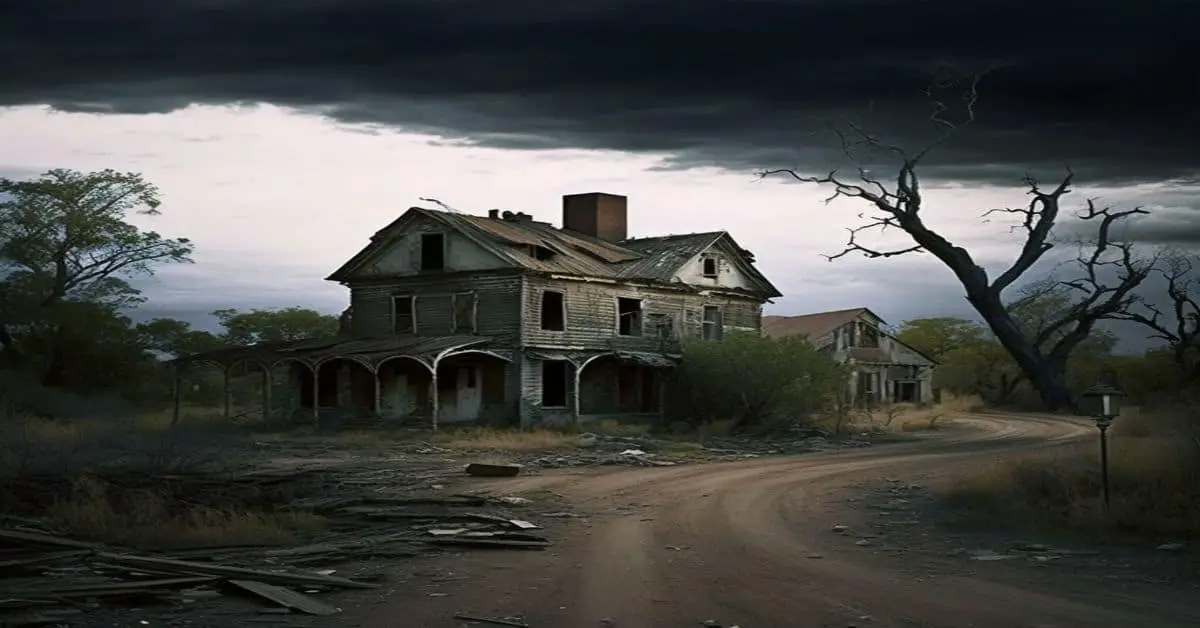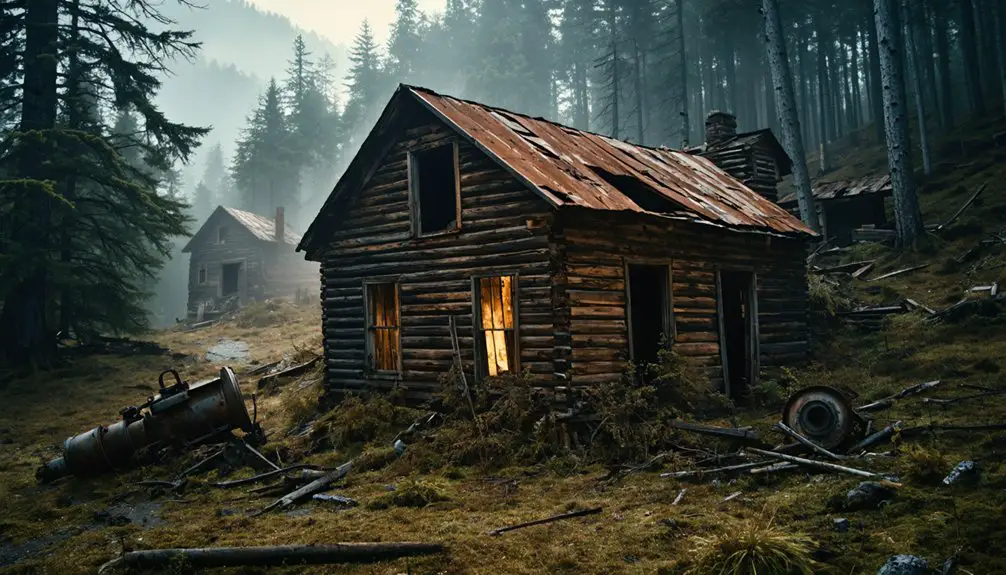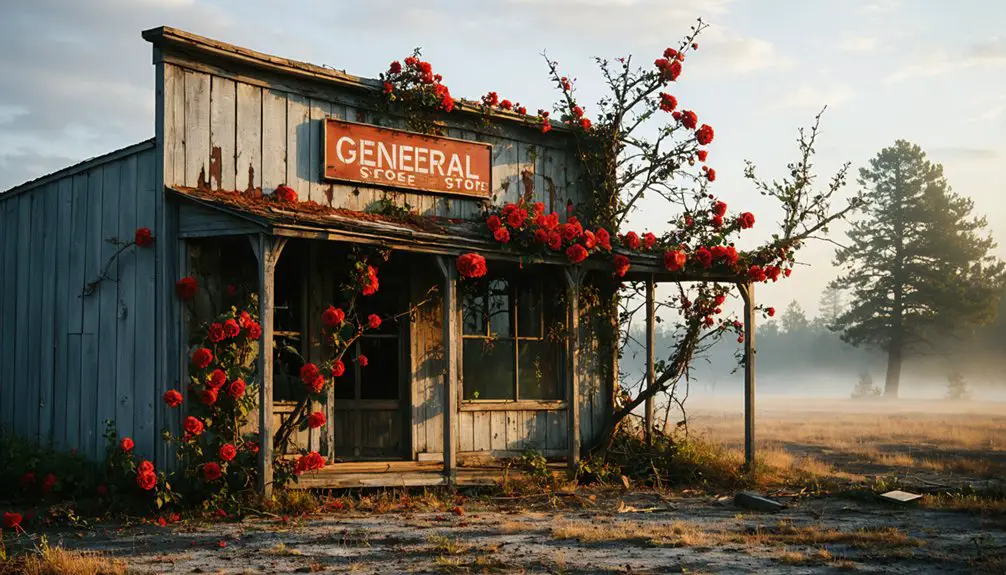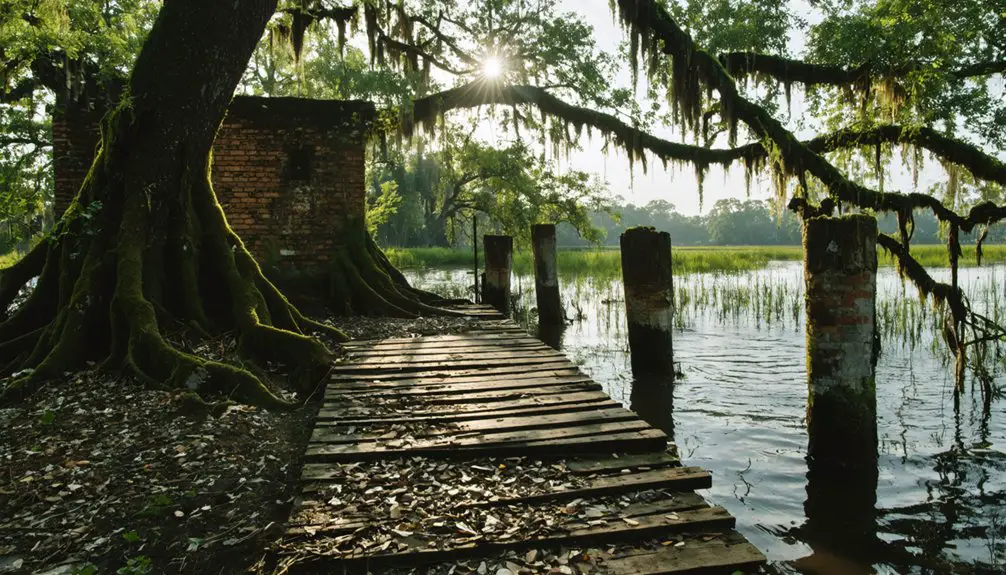Maryland is a state rich in history. A land first inhabited by Native Americans and later invaded by Europeans to be subsequently colonized by the British until the American Revolution broke out. After achieving its independence from the British Colonies, it officially joined the Union and became a state in 1788. Maryland also played a significant role in the War of 1812 and the Civil War; despite being a slave state, Maryland remained on the Union’s side.
There are 22 ghost towns in Maryland. As history continues to be uncovered, more ghost towns and historical locations can become part of the state again.
Maryland is also called “Little America” or “America in Miniature” because it has all the different terrains in the United States, from dunes to mountain ranges, from beaches to farmlands. Maryland is a state filled with variety and of course, its fair share of ghost towns, especially in Garrett County. Many of these communities were deliberately turned into ghost towns by the government. Let us explore some of the most notable ones that Maryland offers.
Daniels, Maryland
Daniels, formerly known as Elysville, used to be a thriving little town located alongside the Patapsco River. It was established in 1810 by Thomas Ely and his family. They had constructed a textile mill, with an entire village built to surround it. There was a school, a church, a railway station, stores, and many industries.
The story of Daniels ends as quickly as it began, and by the 1960s, the mill closed, forcing around 90 families to leave town. Later, to make matters worse, in 1972, tropical storm Agnes hit, destroying what remained of the city with substantial flooding. This forced the remaining population to relocate to other towns.
Nowadays, Daniels is a ruined graffiti town; there are glimpses of what used to be. People will often hike nearby trails (usually in the fall) to witness a city that once was.
Lapidum, Maryland
Lapidum began its history early in 1665 when the government granted land patents, allowing landowners to convert the surrounding forests into farmlands. Lapidum proliferated, and soon fields of tobacco and corn filled the lands. A fishing industry was also thriving based on shad and herring. Later, in the 18th century, ferries were established, and in 1731, two roads were authorized to be constructed.
As the 19th century set in, so did progress in Lapidum. In 1868, Conrad Baker created a Victorian three-story building to be used as a hotel. It was named the Susquehanna hotel. Other facilities soon came, such as a mill, a church, a school, a Masonic Hall, stores, warehouses, and numerous houses.
Lapidum also had wharves that served to trade goods through the Susquehanna River. It was a thriving town that profited deeply from the trade through the Chesapeake Bay and the travelable roads.
However, in the 1900s, railroad commerce had become too big of competition for the waterways. The town quickly lost its momentum. Eventually, ice accumulations led to the destruction of the warehouses and wharves. They ultimately transformed the hotel into a men’s club until the 1960s, and subsequently, it was torn down. As to the land, it is now part of the Susquehanna State Park.
Marion, Maryland
Marion, also known as Marion Station, had begun as Coulbourne Creek; that was at least until the Pennsylvania railroad line reached Crisfield. John C. Horsey, who paid for the right of way for the train, had a station house built. From this moment on, the town became known as Marion to honor his daughter.
After the railroad construction, the city multiplied. It began exporting strawberries daily in the train’s ice-refrigeration cars to destinations across the country. The trains came to Marion daily to collect the strawberries and take them to large cities for sale.
The town continued to grow and began constructing several businesses along its main street corridor (now known as Maryland Route 667). A movie theater, a grocery store, a pharmacy, an elementary school, churches, and even a blacksmith shop were built. There was also a local bar, a garage, a volunteer fire department, and the first hospital in Somerset County; it grew so much that there was even a need for a police department.
However, around the 1950s, things began to decline because the trains stopped coming for the strawberries. Many of the original buildings were torn down or remain vacant. Finally, the railroad was abandoned entirely in April of 1976, after the Conrail was established. As for the original train station, it is still standing.
When the trains stopped arriving at Marion Station, it led to the collapse of the strawberry industry. Renovations were made in 1997 to restore the train station. It was reopened in the early 2000s as the new Accohannock Indian Museum, where various relics are displayed from when Marion Station was a busy city. The fire department was moved, and the old building is now used as a flea market.
Nowadays, the fields are used for cropping other foods such as corn and soybeans. Other areas remain empty. Marion is now home to a vast organic vegetable farm. In the 2000s, housing development began to arise in Marion Station, becoming a community for retirement.
The National Register of Historic Places has Pomfret Plantation, Lankford House, Quindocqua United Methodist Church, Williams’ Conquest, and Watkins Point Farm listed in their historic place’s official records.
Wagner’s Point, Maryland
Wagner’s Point started in the 1800s as a rural community, part of Anne Arundel County. The area quickly became industrialized, and a community of working-class citizens began moving into rows of townhouses, later adopted by the term row houses by Baltimoreans. Later, in 1919, they added Baltimore City, Curtis Bay, and Brooklyn to the area.
However, by the 1960s and 1970s, many residents began suffering from terminal diseases like cancer. After a thorough investigation, a shocking conclusion was reached. The mishandling of industrial wastes and chemicals was responsible for the high incidence of illnesses reported in the area.
Hence, community activists requested that the government condemn the properties in the area and relocate its residents. In the 1990’s Baltimore City began a project condemning all properties and turning them into a ghost town. Like any similar situation, some residents did not want to relocate. However, by 2000, the entire community of about 300 residents had been entirely removed, and the buildings and houses were demolished.
Final Thoughts
Maryland has many ghost towns that add a lot of color to the state’s rich history. It is no surprise that it has become a favorite visiting spot for those who enjoy walking through time by visiting these fantastic places. The culture, the excitement, and the scenery are worth the trip. Remember to consult with the local authorities if an area is still deemed safe for visiting, but don’t miss out on all the interesting facts and sites the state offers.



